K-5: Difference between revisions
Pbcjohnston (talk | contribs) Reordered photos |
Pbcjohnston (talk | contribs) Added captions |
||
| Line 2: | Line 2: | ||
[[File:K-5 on surface.jpg|left|500px]] | [[File:K-5 on surface.jpg|left|500px]] | ||
<div style="text-align: justify;"><span style="color:#00008B"> | <div style="text-align: justify;"><span style="color:#00008B">K-5 on the surface not long after her commissioning, possibly in Cape Cod Bay off Provincetown, MA., 1914. | ||
<small>Photo in the private collection of Ric Hedman</small> | <small>Photo in the private collection of Ric Hedman</small> | ||
[[File:Red bar sub new.jpg]] | |||
[[File:K-5 underway.jpg|left|500px]] | [[File:K-5 underway.jpg|left|500px]] | ||
K-5 returning to port in Norfolk, VA., December 13, 1916. The city of Hampton is in the background, with portions of Buckroe Beach visible. This location puts her very near the Thimble Shoals Light. | |||
<small>Photo NH 52376 courtesy of NHHC, a copy is in the private collection of Ric Hedman.</small> | |||
[[File:Red bar sub new.jpg]] | |||
[[File:K-5 dazzle paint.jpg|left|500px]] | [[File:K-5 dazzle paint.jpg|left|500px]] | ||
K-5 dressed in what was known as "Dazzle" camouflage, circa 1917. This paint scheme was never intended to hide the ship. In fact, it was intended to make it very difficult for an enemy submarine or surface ship to determine course, range, and speed, all extremely important elements in obtaining a fire control solution for aiming weapons at a target. The paint scheme was unique to each ship so that it was harder for an enemy to determine the ship's class. Maintaining this paint scheme was difficult, and no definitive proof could be obtained that showed that it was actually effective. None of the USN submarines deployed to the European war zone carried this paint scheme. The tests on submarines ended prior to their deployments. The well-known haze gray paint scheme became the standard until the mid 1930's. | |||
<small>Photo courtesy of Dave Snyder.</small> | |||
[[File:Red bar sub new.jpg]] | |||
[[File:K-5 key west 1919.jpg|left|500px]] | |||
On September 12, 1919 while returning to Key West from operations in Caribbean waters, K-5 collided with the harbor tug USS John L. Lawrence (SP-838). Damage to both vessels was actually quite light, but K-5 was hauled out on the marine railway in Key West to make sure. Other non-collision repair work was conducted as well. Four crew are posing around the bow. The K-5 shows the improvements made to her with her WW I service such as the Fessenden Oscillator seen as the large disk, seen just above the right shoulder of the man at the bottom. Also seen on deck are the SC and K-tube sound listening gear for detecting ships and submarines, an early form of sonar. | |||
<small>Photo courtesy of the Monroe County Library Collection.</small> | |||
[[File:Red bar sub new.jpg]] | |||
[[File:K-5 key west 1919-2.jpg|left|500px]] | [[File:K-5 key west 1919-2.jpg|left|500px]] | ||
[[File: | Starboard side view of the K-5 hauled out on the marine railway at Key West, Florida, September, 1919. | ||
<small>Photo courtesy of the Monroe County Library Collection.</small> | |||
[[File:Red bar sub new.jpg]] | |||
[[File:K-5 radio set.jpg|left|500px]] | [[File:K-5 radio set.jpg|left|500px]] | ||
[[File:K-5 electrical switchboard.jpg|left|500px]] | [[File:K-5 electrical switchboard.jpg|left|500px]] | ||
Revision as of 17:00, 8 November 2023

Photo in the private collection of Ric Hedman

K-5 returning to port in Norfolk, VA., December 13, 1916. The city of Hampton is in the background, with portions of Buckroe Beach visible. This location puts her very near the Thimble Shoals Light.
Photo NH 52376 courtesy of NHHC, a copy is in the private collection of Ric Hedman.
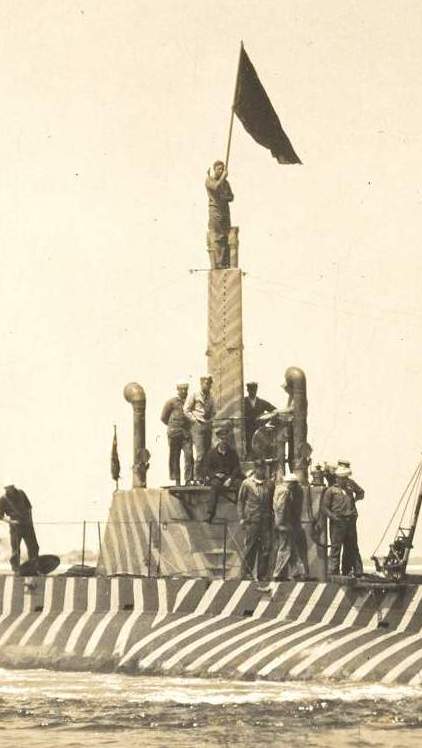
K-5 dressed in what was known as "Dazzle" camouflage, circa 1917. This paint scheme was never intended to hide the ship. In fact, it was intended to make it very difficult for an enemy submarine or surface ship to determine course, range, and speed, all extremely important elements in obtaining a fire control solution for aiming weapons at a target. The paint scheme was unique to each ship so that it was harder for an enemy to determine the ship's class. Maintaining this paint scheme was difficult, and no definitive proof could be obtained that showed that it was actually effective. None of the USN submarines deployed to the European war zone carried this paint scheme. The tests on submarines ended prior to their deployments. The well-known haze gray paint scheme became the standard until the mid 1930's.
Photo courtesy of Dave Snyder.
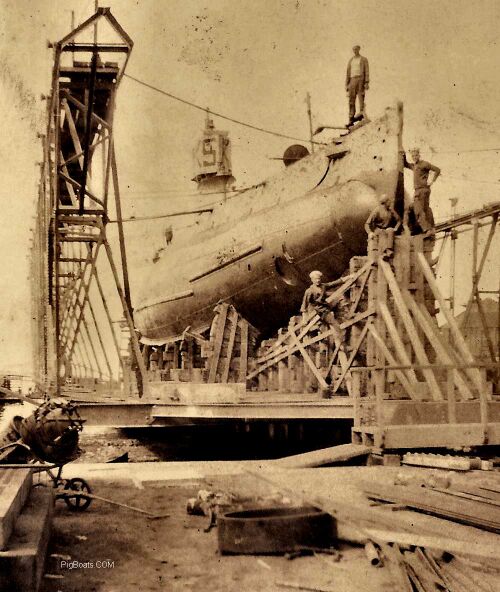
On September 12, 1919 while returning to Key West from operations in Caribbean waters, K-5 collided with the harbor tug USS John L. Lawrence (SP-838). Damage to both vessels was actually quite light, but K-5 was hauled out on the marine railway in Key West to make sure. Other non-collision repair work was conducted as well. Four crew are posing around the bow. The K-5 shows the improvements made to her with her WW I service such as the Fessenden Oscillator seen as the large disk, seen just above the right shoulder of the man at the bottom. Also seen on deck are the SC and K-tube sound listening gear for detecting ships and submarines, an early form of sonar.
Photo courtesy of the Monroe County Library Collection.

Starboard side view of the K-5 hauled out on the marine railway at Key West, Florida, September, 1919.
Photo courtesy of the Monroe County Library Collection.
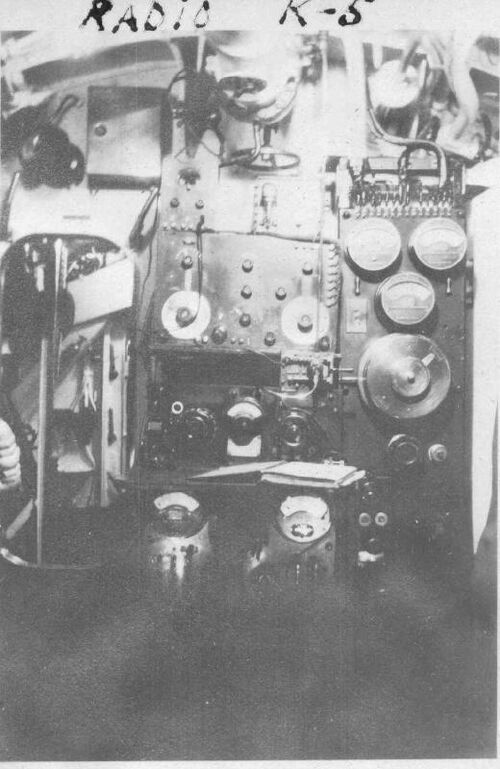
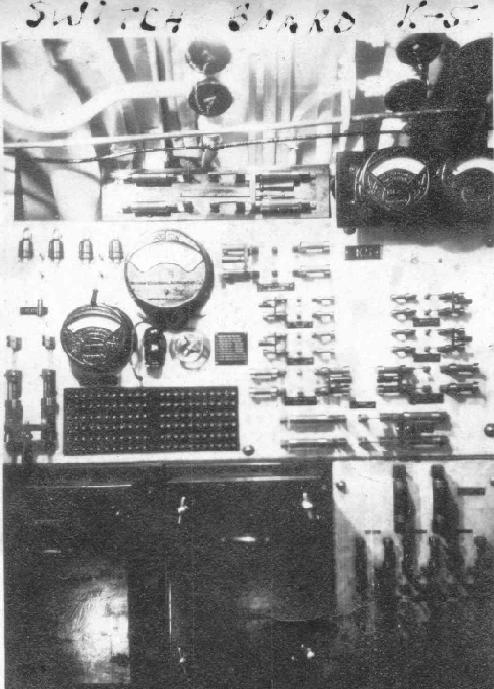
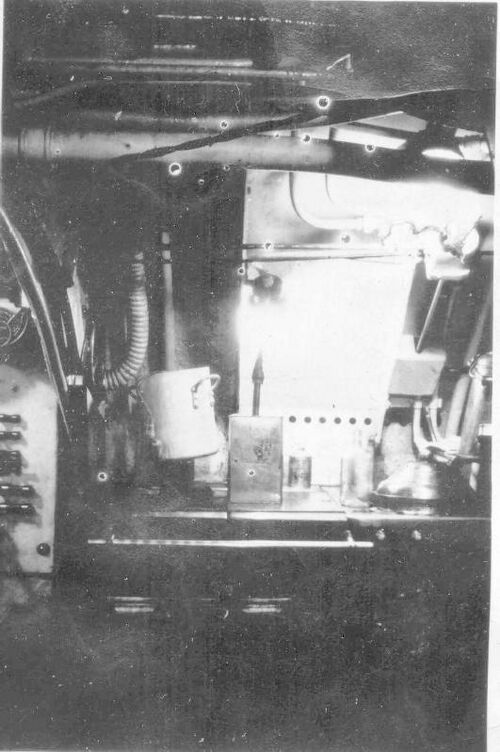


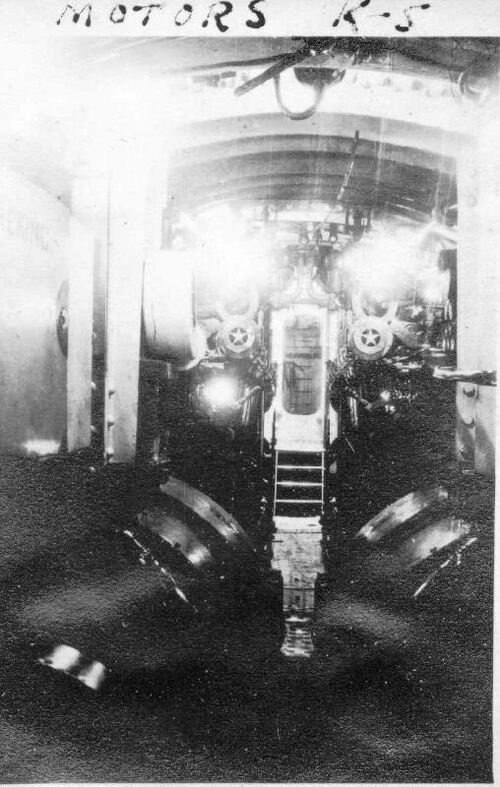
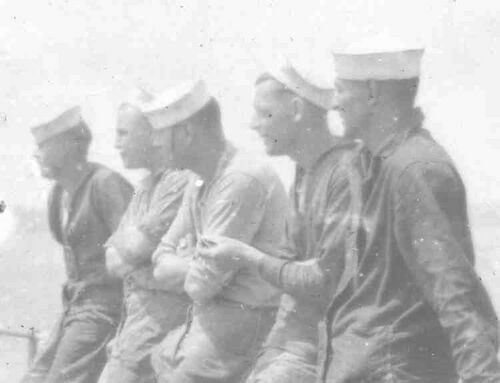
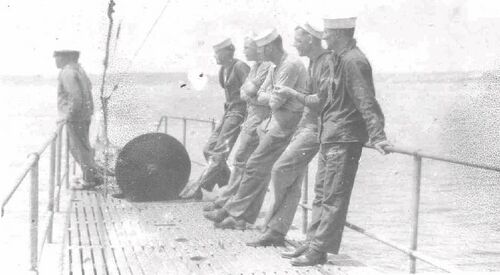
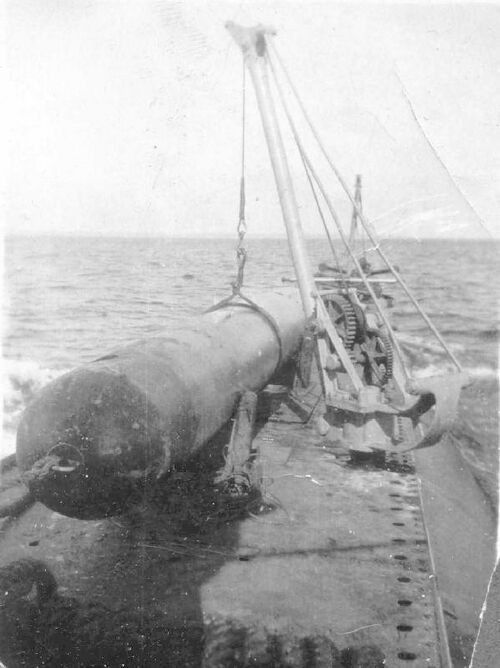
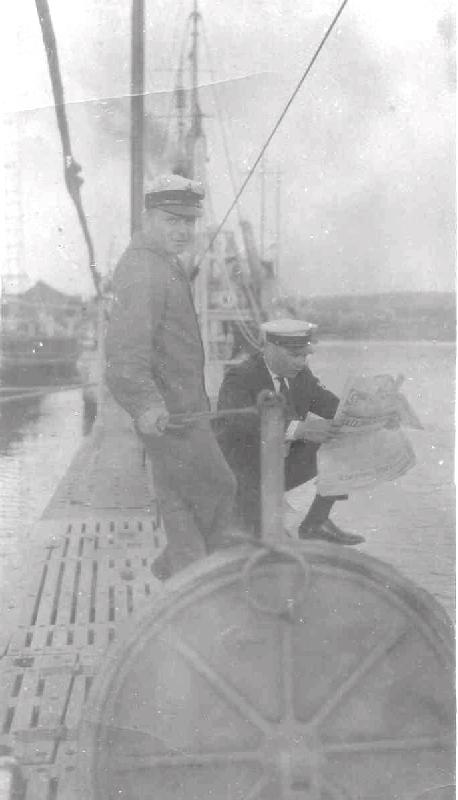
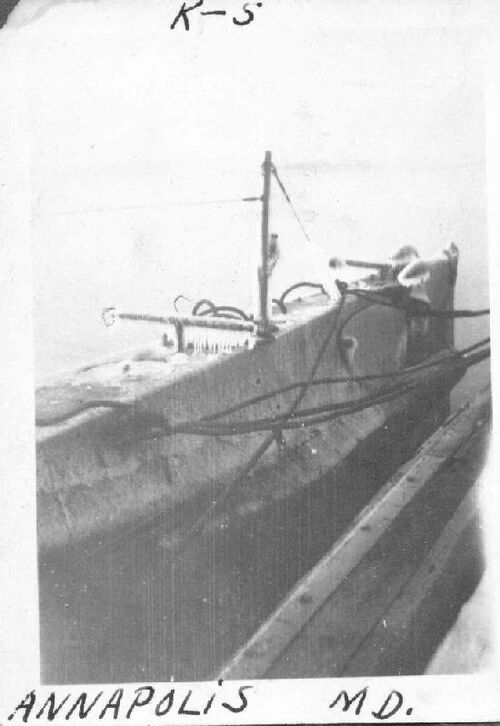
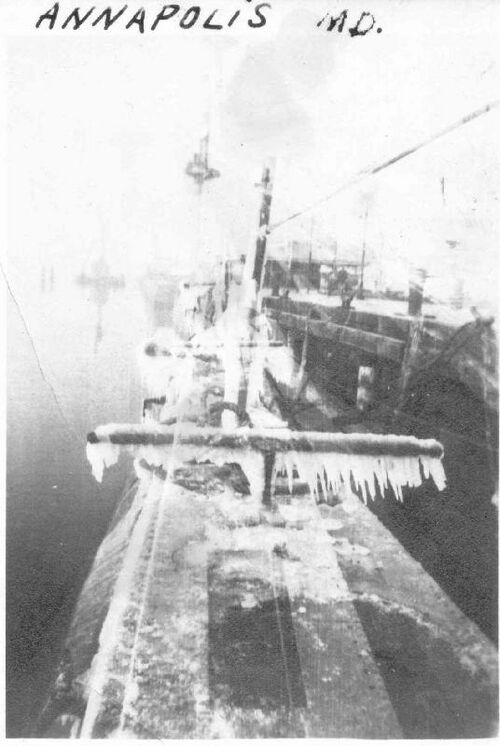
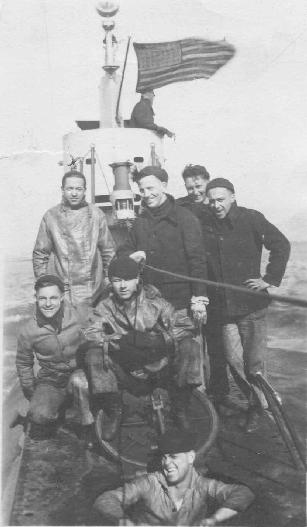
Page created by:
Ric Hedman & David Johnston
1999 - 2023 - PigBoats.COM©
Mountlake Terrace, WA, Norfolk, VA
webmaster at pigboats dot com
